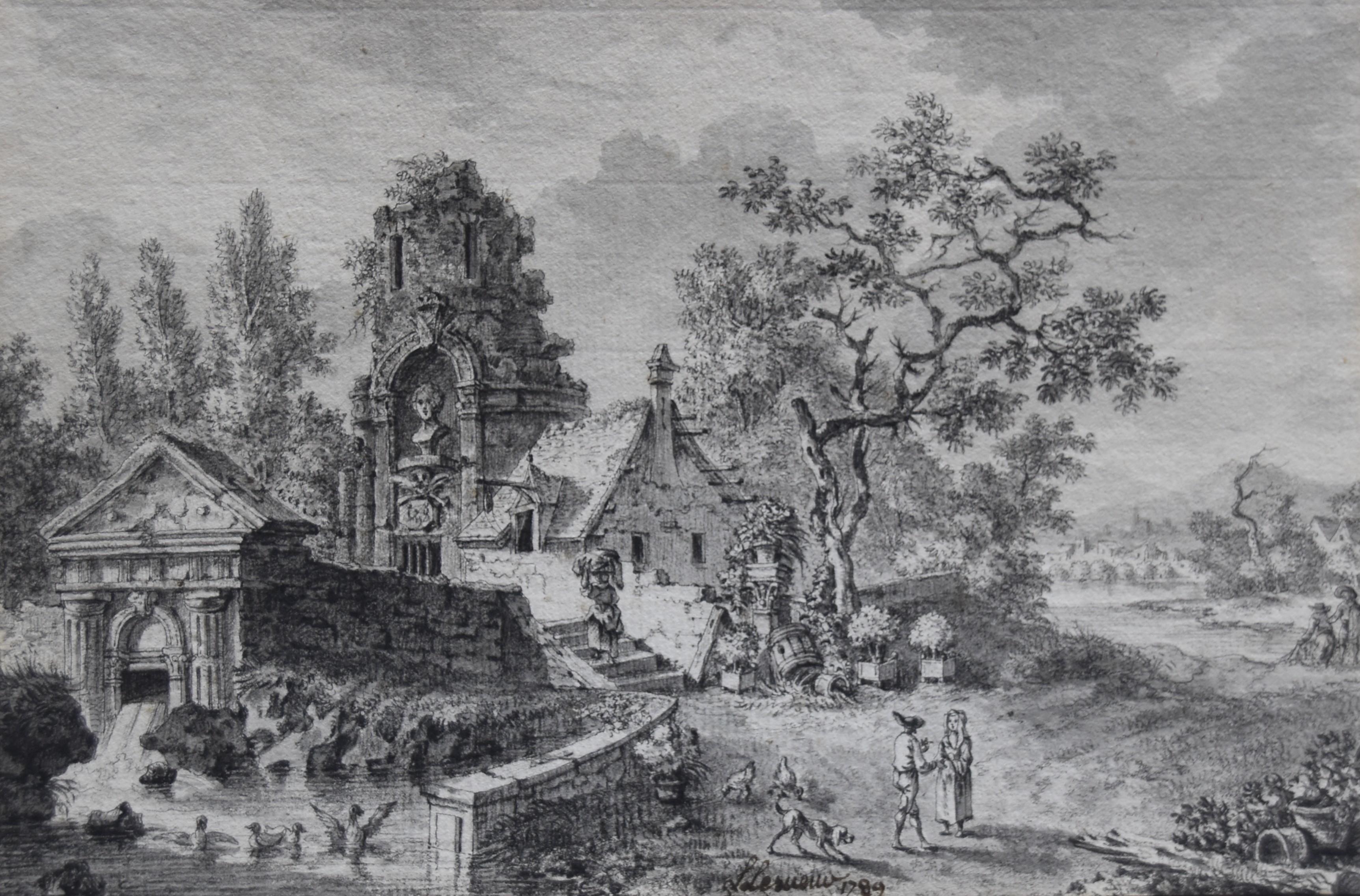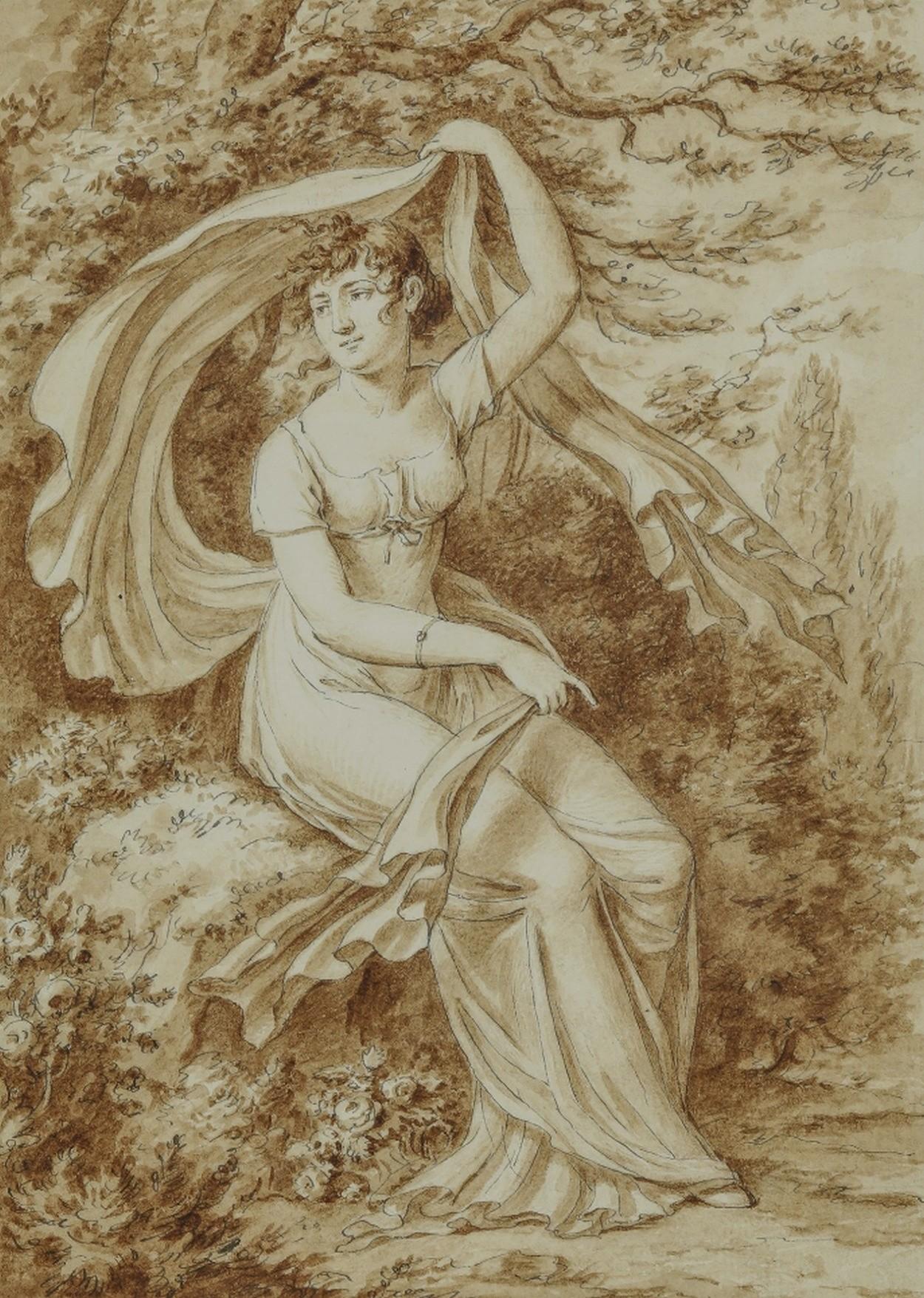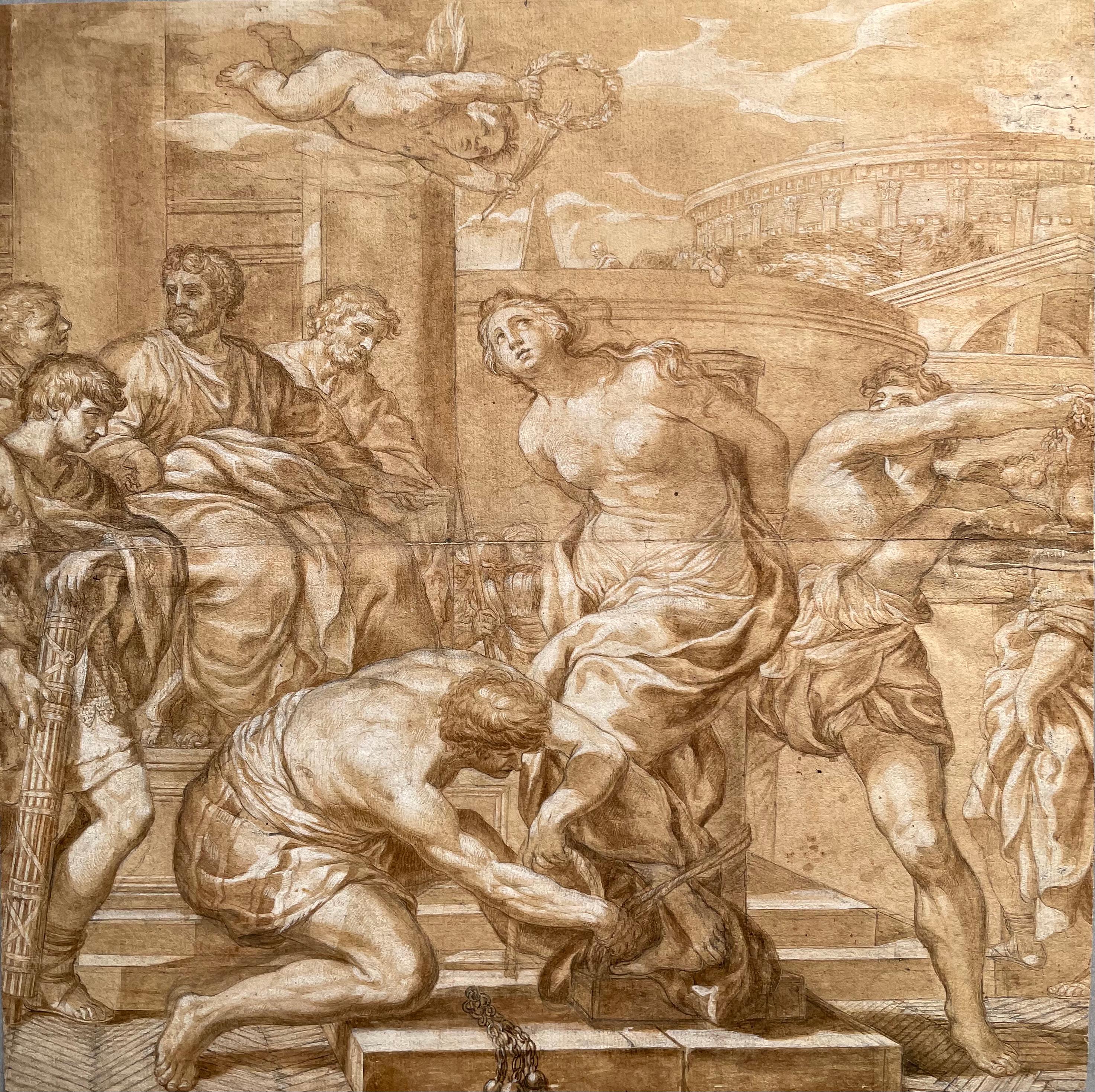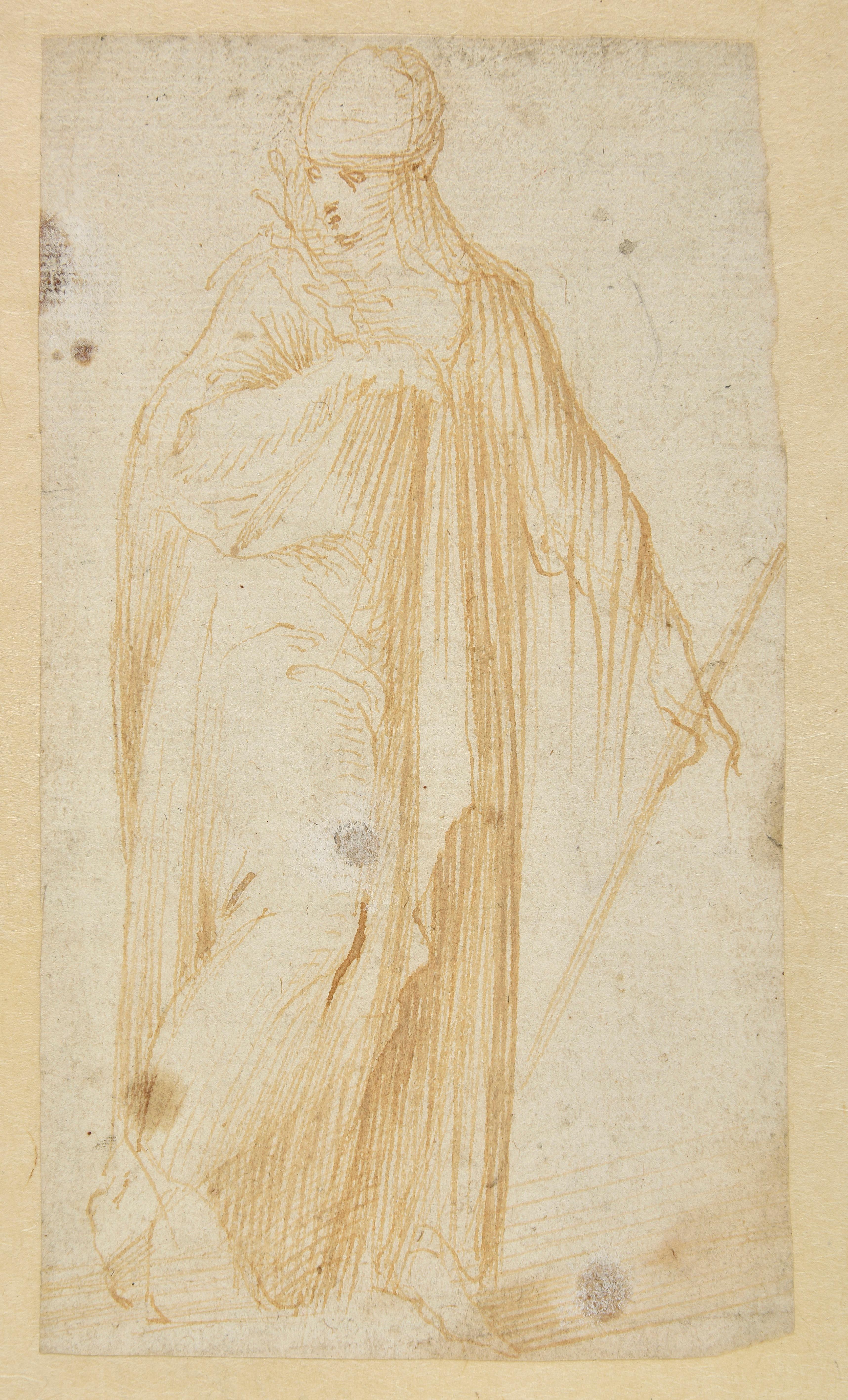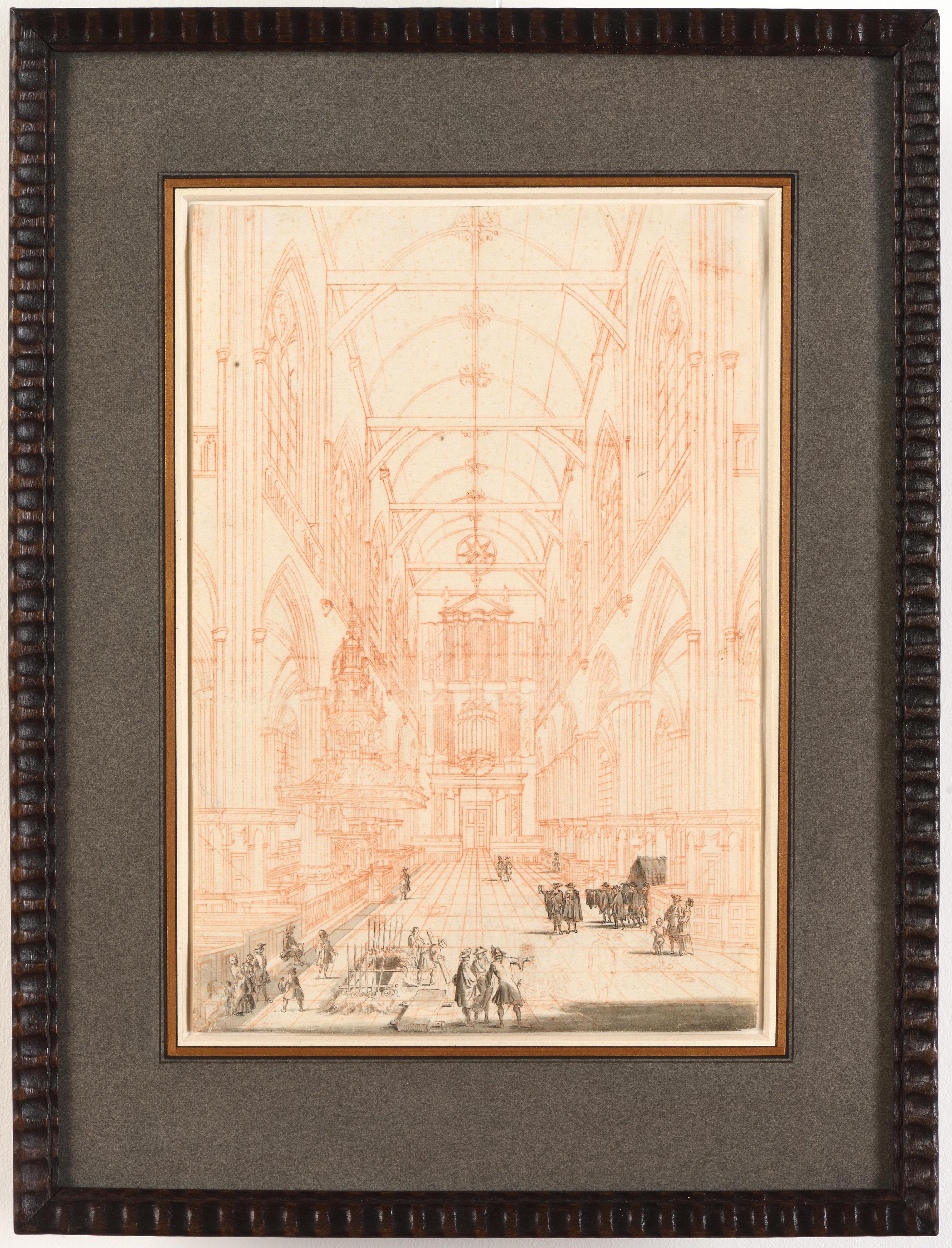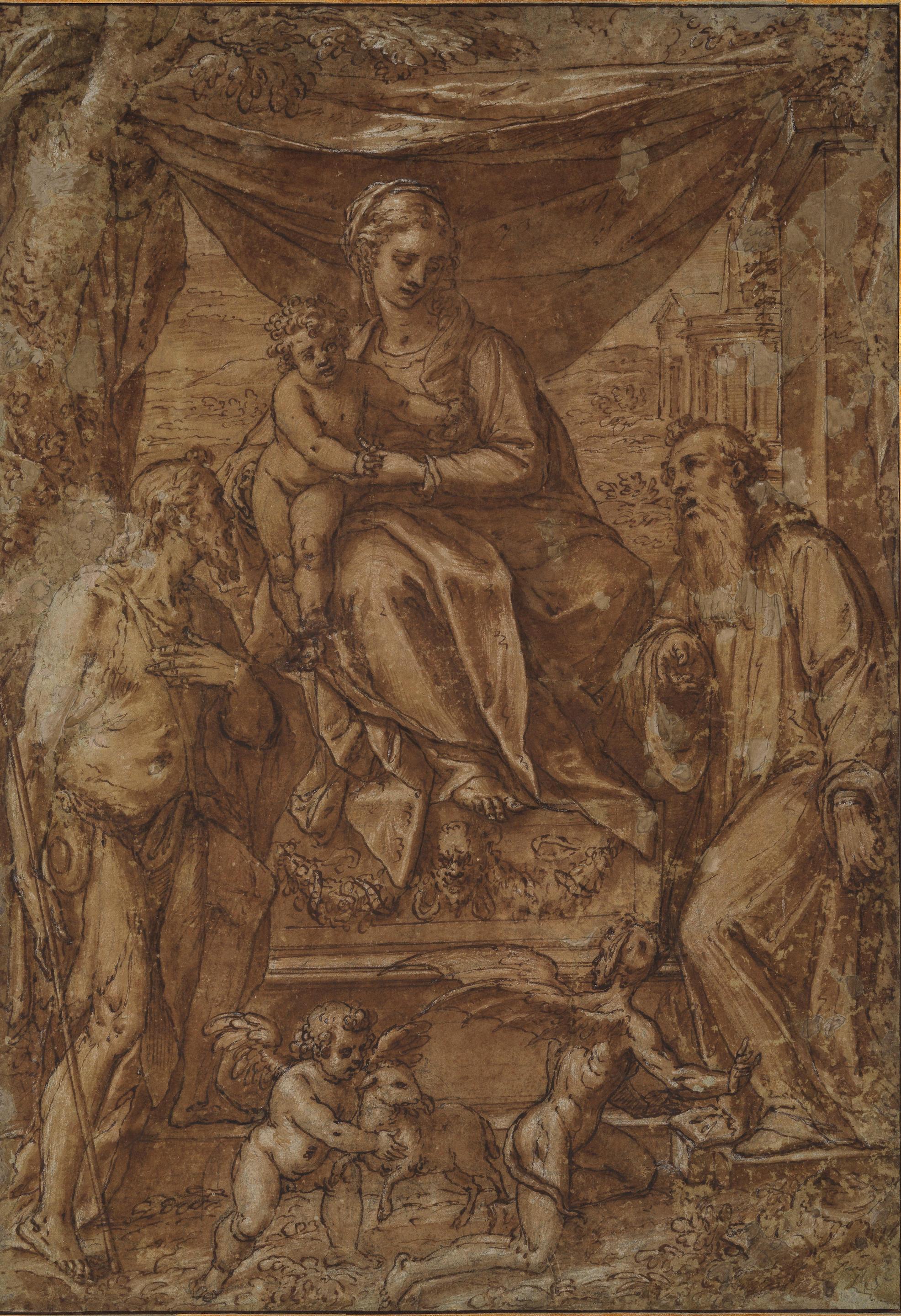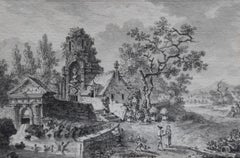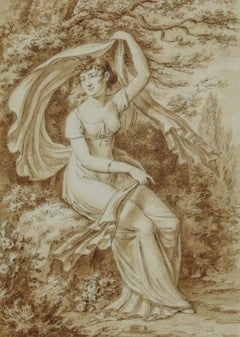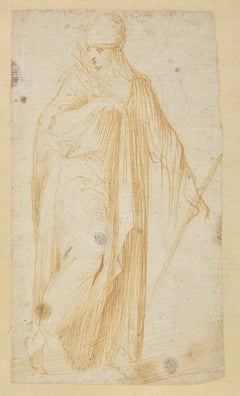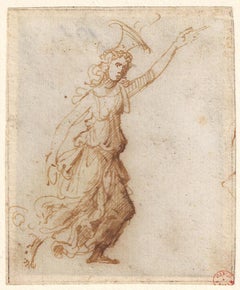
16th C Italian Old Master Drawing c.1505 by Marcantonio Raimondi Allegory
1 of 5
Marcantonio Raimondi16th C Italian Old Master Drawing c.1505 by Marcantonio Raimondi Allegorycirca 1505
circa 1505
$8,959.91List Price
About the Item
- Creator:Marcantonio Raimondi (1480 - 1534, Italian)
- Creation Year:circa 1505
- Dimensions:Height: 2.88 in (7.3 cm)Width: 2.37 in (6 cm)
- Medium:
- Movement & Style:
- Period:
- Condition:
- Gallery Location:Gouda, NL
- Reference Number:1stDibs: LU116014282202
Authenticity Guarantee
In the unlikely event there’s an issue with an item’s authenticity, contact us within 1 year for a full refund. DetailsMoney-Back Guarantee
If your item is not as described, is damaged in transit, or does not arrive, contact us within 7 days for a full refund. Details24-Hour Cancellation
You have a 24-hour grace period in which to reconsider your purchase, with no questions asked.Vetted Professional Sellers
Our world-class sellers must adhere to strict standards for service and quality, maintaining the integrity of our listings.Price-Match Guarantee
If you find that a seller listed the same item for a lower price elsewhere, we’ll match it.Trusted Global Delivery
Our best-in-class carrier network provides specialized shipping options worldwide, including custom delivery.You May Also Like
Louis Lesueur (1746-1803) Landscape with ruins, 1789, drawing signed and dated
Located in Paris, FR
Louis Lesueur (1746-1803)
A Fantasy Landscape with ancient ruins, 1789,
signed and dated "L Lesueur 1789" in the bottom centre
Pen and ink and ink wash on paper
14.8 x 22 cm
In goo...
Category
1780s Old Masters Landscape Drawings and Watercolors
Materials
Ink
Jean-Henri Cless (1774-1812) Portrait of a young woman, signed drawing
Located in Paris, FR
Jean-Henri Cless (1774-1812)
Portrait of a young woman in a landscape
signed "Cless fec" for fecit on the lower left
Brown ink and brown ink wash on paper
Size of the sheet : 31.5 x 22 cm
Size of the motive : 24.5 x 17 cm
very simply framed under glass without actual frame 32 x 22.5 cm
This pre...
Category
Early 1800s Old Masters Portrait Drawings and Watercolors
Materials
Ink, Pencil
The Torture of Saint Concordia
By Domenico Piola the Elder
Located in Paris, Île-de-France
Circle of Domenico Piola (Genoa 1627 – 1703)
The Torture of Saint Concordia
Black chalk, brown ink and brown wash on two sheets of paper,
40.5 x 42 cm
Unsigned
Provenance:
Estate...
Category
17th Century Old Masters Figurative Drawings and Watercolors
Materials
Ink
Draped Woman Holding A Branch
Located in Paris, Île-de-France
CARLO URBINO
(Crema 1525 - after 1585)
Draped Woman Holding a Branch
Pencil and brown ink on laid paper
13.6 x 7.7 cm
Unsigned
16th century
Mounted on 20th-century paper
Handwrit...
Category
16th Century Old Masters Figurative Drawings and Watercolors
Materials
Ink
The Holy Family with the Infant Saint John the Baptist
By Raphael (Raffaello Sanzio da Urbino)
Located in Paris, Île-de-France
STUDIO OF RAFFAELLO SANZIO, called RAPHAEL
(Urbino 1483 – Rome 1520)
Title The Holy Family with the Infant Saint John the Baptist
Medium Pen and brown ink, brown wash, over black ch...
Category
16th Century Old Masters Figurative Drawings and Watercolors
Materials
Ink
Interior of the Nieuwe Kerk, Amsterdam
Located in Paris, Île-de-France
Jan Goeree (Middelburg 1670 – Amsterdam 1731)
Interior of the Nieuwe Kerk, Amsterdam (c. 1724)
Red chalk for the architecture, pen and black ink, grey wash on paper
Composition reversed in preparation for engraving
25 × 17.5 cm
Watermark: Hunting horn, Churchill 318 (dated 1724)
Unsigned
Provenance
Private collection, France
Context & Attribution
Trained in the studio of Gérard de Lairesse, Jan Goeree was among the finest Dutch engravers of the early eighteenth century, celebrated for his architectural views of Amsterdam. This drawing is a preparatory study for an engraving of the same subject now preserved in a major public collection. The final print—slightly larger—closely follows the reversed composition of this sheet.
Subject
In the center of the Gothic nave, five bearers carry a catafalque toward a freshly dug grave—a tribute to the naval heroes often buried in the Nieuwe Kerk. This funerary motif, familiar from Dutch painting (e.g. Emanuel de Witte, 1657), evokes the vanitas theme and the transience of earthly life.
Technical Analysis
Goeree’s use of red chalk for the architecture and ink for the figures reveals his working method: the chalk lines could be used to produce a counterproof restoring the correct orientation of the architecture, while the inked figures remained adjustable before the design was transferred to the copper plate.
Place within the Oeuvre
Drawings of church...
Category
Early 18th Century Old Masters Interior Drawings and Watercolors
Materials
Ink, Chalk
Recently Viewed
View AllMore Ways To Browse
Old Master Drawing 16th
Marcantonio Raimondi
St George And The Dragon
Antique Legal Prints
Felix The Cat
Giulio Romano
19th Century St George Dragon
Antique Felix The Cat
Richard Painter
White Black Flower Art
1976 Sculpture
New Mexico Landscape Painting
Still Life With Oranges
Joseph Thors Oil Painting
Mourlot Signed
Rock Formation
Sculpture Embrace
Circus Circus
